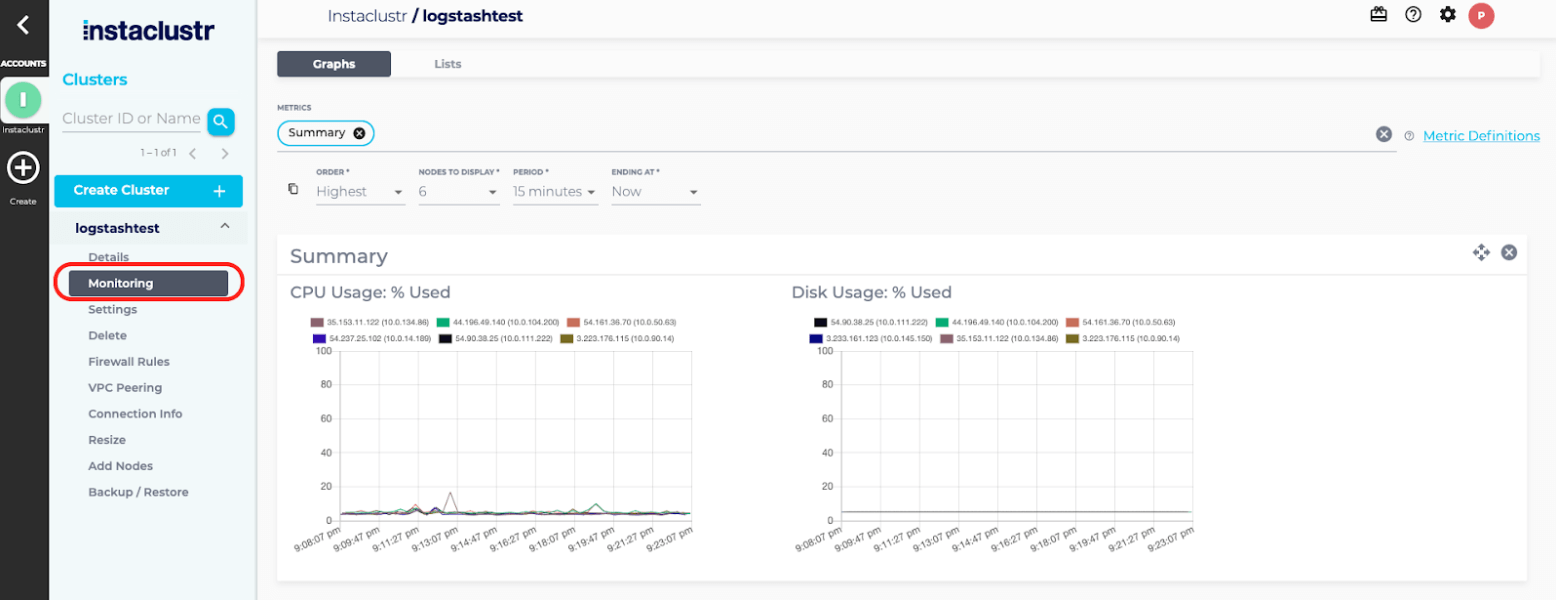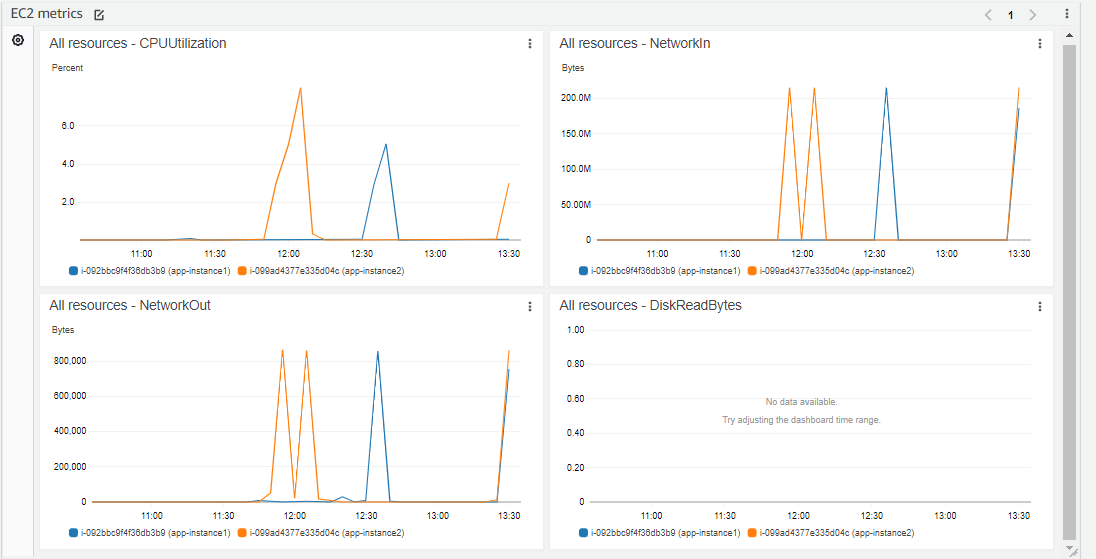What are managed PostgreSQL platforms?
Managed PostgreSQL platforms are cloud-based database services that handle administrative tasks like setup, backups, security, and scaling, allowing users to focus on application development rather than database management.
Key providers include specialized providers like Instaclustr and cloud vendors such as Amazon Web Services (AWS), Google Cloud, and Digital Ocean. These platforms offer features such as automated patching, high availability, performance monitoring, and flexible pricing models, with options for different levels of complexity and scalability.
How they work:
- Automation: The platform automates routine database operations, such as provisioning, patching, backups, and failovers.
- Scalability: Users can easily scale their database resources up or down to meet changing demands.
- Maintenance: Providers handle infrastructure maintenance, security updates, and PostgreSQL performance tuning.
By reducing the manual management burden, managed platforms help teams with limited database expertise to deploy production-grade PostgreSQL instances. This allows organizations to accelerate deployment and scale operations without investing heavily in database administration skills.
Learn more in our detailed guide to PostgreSQL tuning
How managed PostgreSQL platforms work
Managed PostgreSQL platforms abstract away the complexity of infrastructure and database administration by combining automation, orchestration, and monitoring. They sit on top of cloud or virtualized infrastructure and use standardized workflows to provision, configure, and maintain PostgreSQL clusters.
When a user requests a database instance, the platform automatically allocates compute, storage, and networking resources, then installs and configures PostgreSQL according to best practices. Most providers offer multiple deployment modes, such as single-node, high-availability clusters, or read-replica setups, which are provisioned without manual intervention.
Automation
Ongoing maintenance tasks are handled through automation pipelines. This includes applying security patches, performing upgrades, rotating certificates, and scheduling backups. The platform continuously monitors performance and health metrics, triggering alerts or automated recovery actions if issues are detected. In the event of failure, systems like automated failover and replication ensure continuity with minimal downtime.
Scalability
Scaling is managed through orchestration tools that allow instances to increase capacity vertically (adding more CPU, memory, or storage) or horizontally (adding replicas or shards). Most platforms enable these changes with zero or minimal downtime, reducing operational risk during traffic spikes. Logging, query insights, and integrated monitoring provide visibility into database performance without requiring additional tools.
Maintenance
Managed PostgreSQL platforms handle essential maintenance tasks that keep databases secure and performant without requiring manual intervention. This includes applying security patches, upgrading minor versions, rebalancing storage, and performing routine health checks. Maintenance is typically scheduled to minimize disruption and may include rolling updates to preserve uptime.
Notable managed PostgreSQL platforms
1. NetApp Instaclustr

Instaclustr offers a fully managed PostgreSQL service, enabling businesses to focus on their applications rather than database administration. With Instaclustr for PostgreSQL, organizations gain access to enterprise-grade capabilities, robust security, and unparalleled support freeing teams from the complexities of managing database infrastructure.
Key capabilities of Instaclustr for PostgreSQL
- Fully managed service: End-to-end management of PostgreSQL clusters, including provisioning, monitoring, maintenance, and scaling.
- Automated backups and updates: Automated backups and seamless updates, ensuring data integrity and up-to-date PostgreSQL software.
- High availability: Minimize downtime, thanks to redundant architecture and failover support that keeps databases running 24/7.
- Performance optimization: Leverage integrated performance tuning and monitoring tools to achieve consistently efficient and reliable database operations.
- Security built-in: Benefit from robust encryption and secure architecture, ensuring data is protected at every layer.
- Integration and support: Seamlessly integrate PostgreSQL with other tools in the tech stack and rely on expert support available 24/7.
- Achieve optimal outcomes for GenAI projects: Enhance AI outcomes with pg_search capabilities and move GenAI projects from pilot to production.

Source: NetApp Instaclustr
2. Amazon RDS for PostgreSQL

Amazon RDS for PostgreSQL is a managed service that simplifies the deployment and operation of PostgreSQL databases in the cloud. It automates administrative tasks such as installation, upgrades, backups, and scaling. It enables teams to launch production-ready PostgreSQL instances within minutes using the AWS management console or API.
Key features include:
- Simplified deployment: Quickly launch and connect to preconfigured PostgreSQL databases via a few steps in the AWS console
- Scalable storage: SSD-backed storage with General Purpose or Provisioned IOPS options, and support for online storage scaling without downtime
- Automated backups: Point-in-time recovery and user-initiated full backups with configurable retention up to 35 days
- High availability: Multi-AZ deployments for fault tolerance and durability, plus support for read replicas to handle high read throughput
- Security and isolation: Network isolation with Amazon VPC, encryption at rest with AWS KMS, and SSL-based encryption for data in transit

Source: Amazon
3. Google Cloud SQL for PostgreSQL
Google Cloud SQL for PostgreSQL is a fully managed relational database service that simplifies running PostgreSQL in the cloud. It automates tasks such as provisioning, maintenance, backups, and replication, allowing teams to focus on application development rather than infrastructure management. The service offers high availability through regional instances with automatic failover.
Key features include:
- Fully managed deployment: Handles provisioning, patching, storage management, and failover with no manual intervention
- Global availability: Instances can be deployed across regions in the Americas, EU, Asia, and Australia
- Automated and on-demand backups: Includes support for point-in-time recovery and instance cloning
- High availability: Multi-zone replication with automatic failover ensures minimal downtime
- Secure connections: Supports SSL/TLS and the Cloud SQL Auth Proxy for encrypted external access

Source: Google Cloud
4. Azure Database for PostgreSQL
Azure Database for PostgreSQL is a managed cloud service that supports scalable, high-performance PostgreSQL applications. It combines security, automated operations, and integration with Azure services. The platform enables teams to build AI-driven applications using features like native vector search, local embeddings, and the Azure AI extension.
Key features include:
- AI capabilities: Includes native vector search, Azure AI extension, and in-database embedding generation for building generative AI applications
- Autonomous tuning: Uses machine learning algorithms to automatically optimize query performance and resource utilization
- Elastic scalability: Supports distributed PostgreSQL with elastic clusters to meet performance demands at any scale
- High availability: Offers automated patching, updates, and near-zero downtime scaling for compute and storage
- Migration tools: Provides both online and offline migration options to move existing PostgreSQL databases to Azure

Source: Microsoft
5. DigitalOcean Managed Databases

DigitalOcean’s Managed Databases for PostgreSQL offer a managed, scalable hosting solution that reduces the complexity of database setup, maintenance, and scaling. It’s intended for developers who want reliable PostgreSQL performance without managing infrastructure.
Key features include:
- Simple deployment: Launch PostgreSQL clusters via the dashboard or API with minimal setup required
- Independent scaling: Dynamically adjust CPU, RAM, and storage (up to 30TB) without downtime
- Automated backups: Free daily backups with point-in-time restore capabilities for up to seven days
- High availability: Automated failover ensures data handling switches to standby nodes in case of failure
- Performance monitoring: Built-in metrics and alerting for throughput, disk usage, cache hit ratio, and query performance

Source: DigitalOcean
How to choose managed PostgreSQL platforms
Here are some major considerations when comparing different managed PostgreSQL platforms.
1. Workload and performance needs
Choosing the right managed PostgreSQL platform starts with understanding your application’s workload and performance demands. Assess resource requirements such as CPU, memory, storage, and IOPS based on current and anticipated data volume. The platform should offer flexibility in instance sizes and underlying hardware choices, allowing you to scale performance as needed without downtime or complex migrations.
Evaluate the provider’s performance optimization features, such as configurable IOPS, query caching, and indexing support. Some platforms also offer tailored solutions for analytics-heavy workloads or read/write-intensive applications. Conduct benchmarking if possible, and consider how well the provider’s SLA matches your application’s tolerance for latency or outage.
2. Scaling
Scalability is critical as workloads grow or fluctuate. Managed PostgreSQL platforms should offer both vertical scaling (increasing resources on a single instance) and horizontal scaling (adding replicas or sharding). Look for capabilities like zero-downtime resizing, automated replication, and read replicas to support load distribution and failover requirements.
Consider whether the platform supports seamless scaling in response to traffic spikes, either through auto-scaling or by making it easy to add capacity. Assess any limits or restrictions on maximum database size, connections, or replication lag. Future-proof your deployment by ensuring the platform supports not just your initial scale but also long-term growth projections.
3. High availability and reliability
A managed PostgreSQL platform must deliver high availability and consistent reliability. Examine the provider’s architecture for features like multi-zone or multi-region deployment, automated failover, and redundancy at every layer. High availability is crucial for mission-critical applications that require minimal downtime and rapid recovery in case of failures.
Reliability extends to regular backups, point-in-time recovery, and detailed status monitoring. Ensure that backup processes are automated, frequent, and come with guarantees for retention and restore times. Check the SLA and historical uptime reports: platforms with proven uptime records and transparent incident reporting lend greater confidence in their operational maturity.
4. Data security and compliance
Protecting sensitive data is essential. Managed PostgreSQL platforms should provide security features, including network isolation, encryption at rest and in transit, access control, and auditing. Integration with identity management systems (such as IAM, Active Directory, or LDAP) allows granular control over user permissions and database access.
For regulated industries or organizations with strict compliance requirements, verify that the platform meets relevant certifications, such as SOC 2, HIPAA, or GDPR. Examine support for features like data masking, auditing, and logging, which are integral to maintaining compliance. Security measures should be proactive, regularly updated, and accompanied by monitoring for potential vulnerabilities.
5. Extension and version support
Extension and version support are important factors for applications that rely on specific PostgreSQL features or require customization. Managed platforms often restrict or curate available extensions for stability and security reasons. Review which extensions (like PostGIS, pgcrypto, or logical replication) are supported out-of-the-box and assess whether custom extension installation is possible.
Platform support for recent PostgreSQL versions ensures access to the latest features, performance improvements, and security patches. Consider the vendor’s track record for timely updates and availability of upgrade paths. Understand the process and impact of version upgrades: automated, in-place upgrades are preferable and reduce migration complexity.
Conclusion
Managed PostgreSQL platforms allow organizations to leverage the full power of PostgreSQL while avoiding the complexity of day-to-day database administration. By automating provisioning, scaling, maintenance, and recovery, they provide a reliable foundation for modern applications that need to scale quickly and securely. For teams with limited database expertise or those seeking to optimize developer productivity, these platforms deliver consistency, resilience, and operational efficiency across diverse workloads.